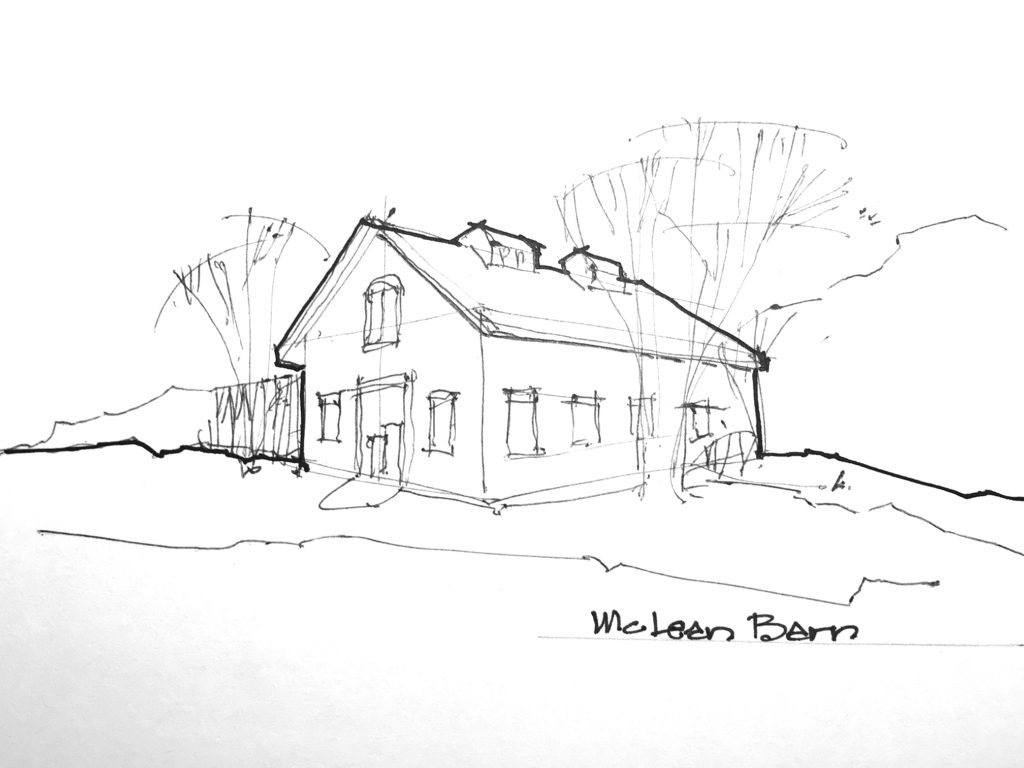By Robert Kennedy
As most in Belmont are aware, there is a barn located adjacent to Rock Meadow, sitting back from Mill Street just south of the Rock Meadow parking lot. It is brick, substantially built, and was once part of a farm that supported McLean Hospital. Although now boarded up, it is in reasonably good repair. Belmont Town Meeting recently approved monies from Community Preservation Act funds for minor repairs to help prevent deterioration.
Although there are currently no plans for restoration, future use of the barn was discussed during the recent Rock Meadow planning study (see “Developing a Conservation Master Plan for Rock Meadow” in this issue), and it became apparent that the barn is an asset that could play a significant role in Rock Meadow planning. Use restrictions, put in place when Belmont received title, state that the barn “may be renovated, used, and maintained for such uses as environmental education, the storage of materials and equipment associated with management of the Premises or management of the cemetery area, and office space for staff of the cemetery and/or the Premises.”
Belmont’s open space is rapidly becoming precious and will certainly become much more so as the density of our built environment increases. And because the barn location is central to our cluster of conservation areas, including Rock Meadow, Lone Tree Hill, Habitat, Beaver Brook Reservation, and Waverley Oaks, the barn is likely to take a role as an education center for them all.

McLean Barn (Robert Kennedy illustration)
A comparison can be made to the role of the new visitor center at Walden Pond in Concord. Being within the Walden Pond State Reservation, funding for this facility was provided by the Commonwealth of Massachusetts Department of Conservation and Recreation. I recently arranged a tour and learned that it was built to LEED standards (Leadership in Energy and Environmental Design) of environmentally friendly materials, and designed as a place for individuals and groups to meet, to become familiar with the history of the area, and to obtain maps of walks and trails of area conservation-related attractions.
The visitor center includes displays, a bookstore, a conference room, office space, and restrooms. No active food service is provided; however, a deck with sheltered seating provides rest for weary legs. The space can be reserved for local events. A monthly lecture schedule is filled for most days of the month and has been enthusiastically attended.
It is easy to imagine our own barn being similarly used, opening a new dimension of understanding and appreciation for our precious conservation areas for generations to come in Belmont.
Robert Kennedy is an architect and Belmont Town Meeting member.


Sorry, the comment form is closed at this time.